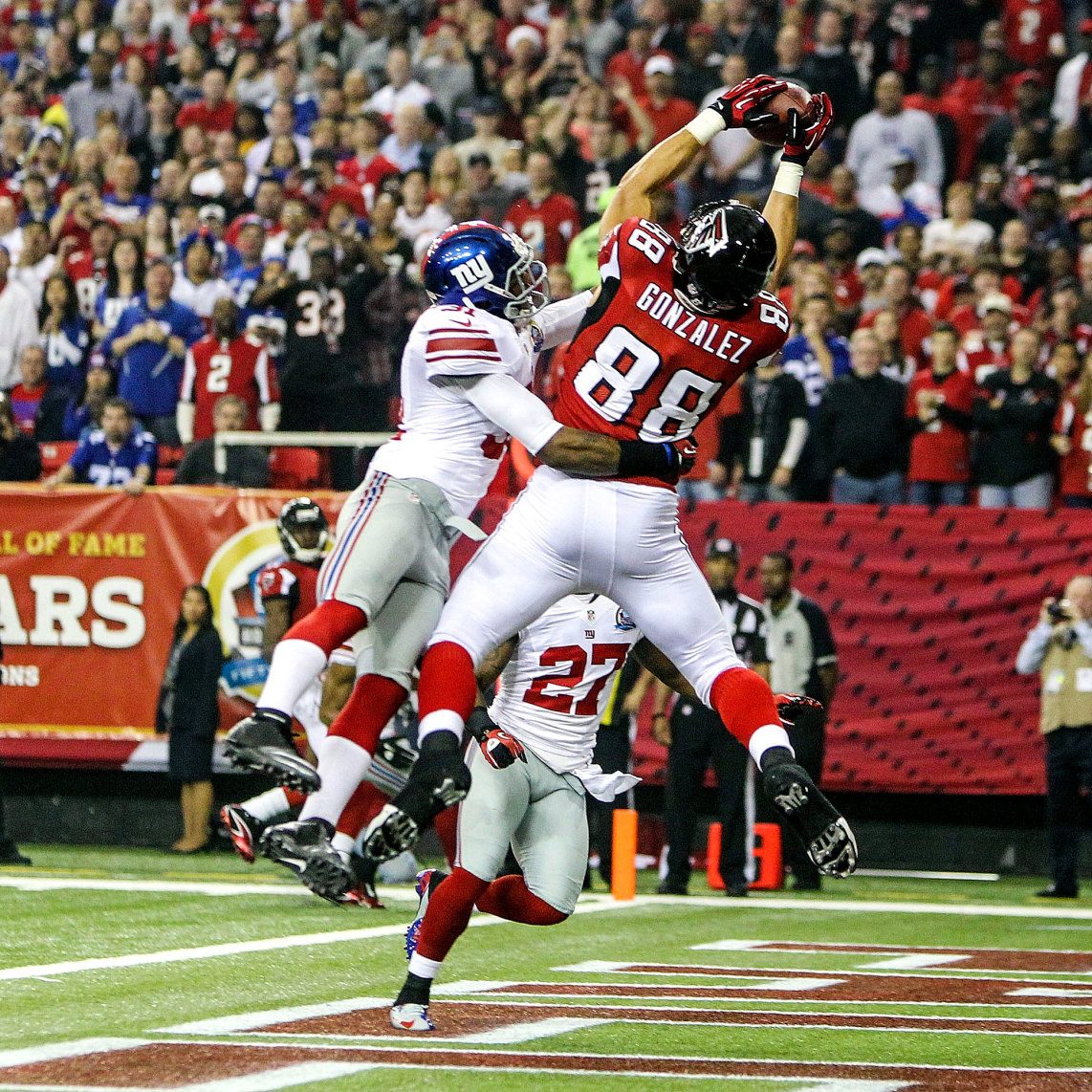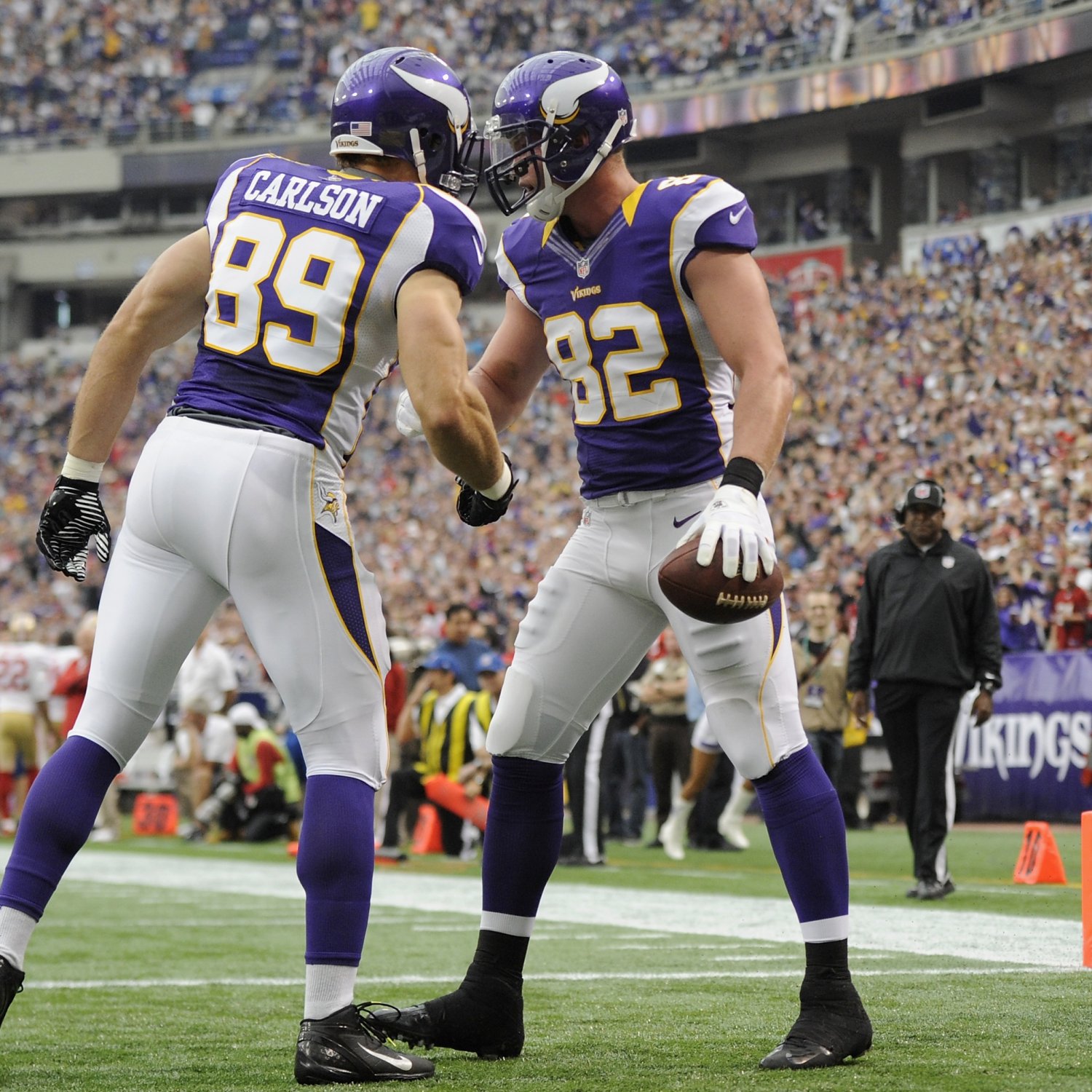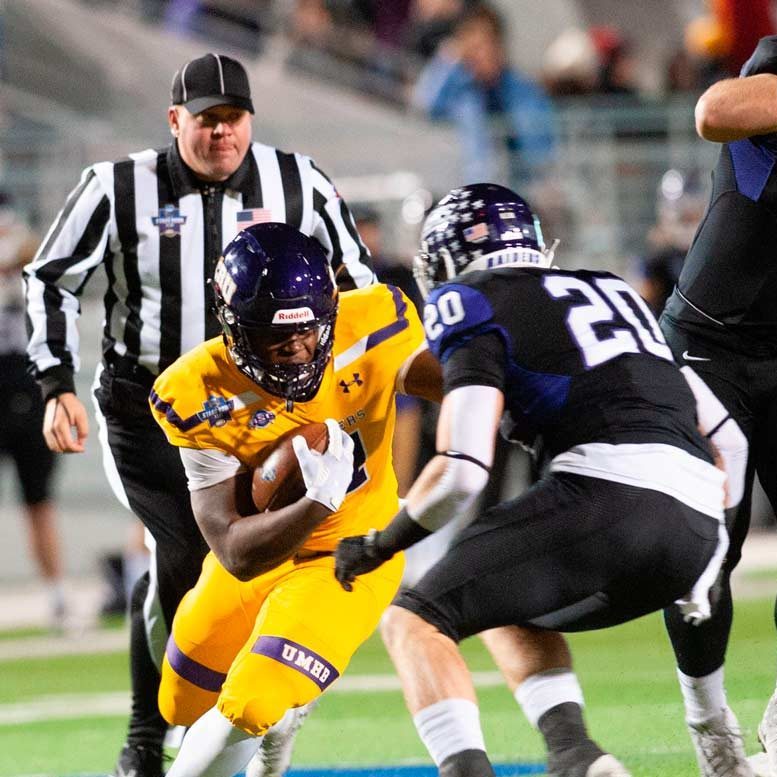The Evolution of the Tight End Position
The tight end position in football has undergone significant changes over the years. From its early days to the modern era, this role has evolved to become one of the most versatile and crucial positions on the offensive line.

From ‘Ends’ to ‘Tight Ends’: A Historical Perspective
The term “tight end” originated from where the player lines up: close to the offensive line, at the end. Originally known as “ends,” these players were at the line’s extremity. As the game evolved and the forward pass gained popularity, “ends” began to spread out. To distinguish between those who lined up wide (split ends) and those who lined up close to the offensive tackle, the latter were referred to as “tight ends”. This evolution showcases how the position’s naming reflected strategic changes within the game.
How the Tight End’s Role Has Expanded in Modern Football
Today’s tight ends must possess a diverse set of skills to thrive in their multifaceted role. No longer just blockers or occasional pass catchers, modern tight ends are integral to both the passing and running game. They must be strong enough to withstand the physicality of blocking, yet agile and fast enough to run routes and catch the ball. The position demands a level of versatility that can challenge defenses, create mismatches, and facilitate complex offensive strategies. This expanded role in modern football has made the tight end position more prominent and influential in determining a game’s outcome.
Key Responsibilities of a Tight End
The tight end has a pivotal role in football. Their responsibilities are both complex and critical for the success of the offensive team.
Receiving Passes and Supporting the Passing Game
A tight end often acts as a receiver. They catch passes from the quarterback, using their size and agility. They run various routes to get open and make plays over the middle. Their strong hands and body control are vital for securing the ball, especially in tight coverage.
Importance of Blocking in the Tight End’s Playbook
Besides receiving, tight ends must block. They protect the quarterback on pass plays and open running lanes for the backs. Their positioning next to the offensive line is key. Effective tight ends blend the strength of a lineman with the finesse of a skilled receiver.
Versatility: The Hallmark of Today’s Tight Ends
Today’s tight ends must be versatile. They line up in different spots: next to the lineman, in the backfield, or out wide. This versatility creates matchup problems for defenses. A tight end can be a blocker, receiver, or even a ball carrier, making them indispensable.
Physical and Skill Requirements for the Tight End
Tight ends in football must be both powerful and skillful. They need a unique combination of physical traits and abilities to perform their diverse role effectively.
Body Type and Physical Attributes Ideal for a Tight End
An ideal tight end has a distinct body type. They typically stand between 6’3″ to 6’8″ in height. Their weight usually ranges from 240 to 270 pounds. This build combines strength with athleticism. A tight end’s body must endure tough tackles while also moving quickly across the field.
Skill Set: From Strong Hands to Route Running
A tight end’s skill set is broad. They need strong hands to secure the ball even in tight spots. Speed is crucial for breaking away from defenders. They also need athleticism for leaping catches. Blocking skills are a must, both in the run and pass game. The ability to run precise routes helps them get open for passes. Physicality is important in going up against big defensive players. In the modern game, tight ends’ roles are like that of both a wide receiver and an offensive lineman. They are one of the few players in football whose performance is crucial both for catching the ball and for blocking.
 Strategic Placement and Formations
Strategic Placement and Formations
The Impact of Tight Ends on Offensive Schemes
The role of tight ends in football is multi-dimensional. They don’t just line up at the end of the offensive line; they are placed strategically to create advantages. Tight ends often shift before the snap, confusing defenses and revealing their coverages. By aligning either next to the offensive tackle or in the backfield, they can quickly adapt to being a receiver or a blocker. In pass formations, tight ends stretch the field and create space for other receivers by drawing linebackers and safeties towards them.
Their presence alone can dictate the defensive setup, allowing offensive coordinators to exploit matchups. If a defense brings in smaller, faster players to cover a pass-catching tight end, the offense can switch to a run play, where the tight end’s size and blocking prowess become an asset. Conversely, if the defense counters with larger, slower players, the tight end’s route-running and pass-catching abilities can be used to gain yards through the air.
Utilizing Tight Ends in Red Zone Conversions
When an offense reaches the red zone, tight ends become even more crucial. Their size and strength make them ideal targets for high-throw passes from the quarterback over shorter defenders. Their ability to block or run routes from various formations allows the quarterback to have a reliable option when trying to push for a touchdown. Tight ends often find themselves being the primary receiver in red zone situations, exploiting their mismatch against smaller defensive backs or slower linebackers.
The Stick Concept, which uses the tight end as a primary target for quick, short-yardage gains, is a popular strategy. The tight end’s positioning and size advantage also make them effective for screen passes and play-action scenarios where they can first engage in a block, then release into open space for a catch.
In conclusion, the tight end’s strategic placement and adaptability make them an essential component for offensive schemes and red zone conversions. They provide quarterbacks with a versatile weapon, whether for gaining critical yards or blocking to protect the pass and run game.
Matchup Nightmares: The Tight End’s Role in Confounding Defenses
In football, the tight end position is a major strategic asset. Tight ends possess a unique skill set that can create significant problems for defensive coordinators. These players combine the physicality of offensive linemen with the agility and catching ability of wide receivers. This dual-threat capacity allows the tight end to serve as both a reliable blocker and a dangerous receiving option. Their on-field location can vary, sometimes appearing beside the offensive line and at times split out wide like a traditional receiver.
Tight Ends: The Quintessential Offensive Wildcards
Tight ends are the wildcards in the offensive playbook. They can catch defenses off guard with their unpredictable movements. One play may see them blocking powerhouse defensive linemen, the next they’re running a complex route and pulling down a critical pass. Their ability to line up in multiple positions makes them difficult to anticipate and defend. In the red zone, this unpredictable nature is particularly valuable as they can easily become the primary target for touchdowns. Also, with their large size, tight ends offer quarterbacks a big, dependable target in crucial third-down conversions or in tight coverage situations. This versatility turns tight ends into offensive wildcards that can tilt the field in favor of their team.
 Celebrating the Icons: Prolific Tight Ends in NFL History
Celebrating the Icons: Prolific Tight Ends in NFL History
The history of football is filled with tight ends whose talents have helped shape the game. They range from dynamic receivers to formidable blockers, setting standards for future generations. Their legendary careers have left an indelible mark on the NFL, celebrating their contributions is a nod to the sport’s evolution.
Reviewing the Careers of Legendary Tight Ends and Their Impact on the Game
Let’s take a moment to highlight some of the tight ends who have redefined what it means to play this position in football.
- Tony Gonzalez is a name that stands out, with a career spanning 17 seasons in the NFL. His agility and hands set new records for receptions and receiving yards by a tight end.
- Rob Gronkowski, known as ‘Gronk’, has a reputation for his lively personality and on-field dominance. His partnership with Tom Brady led to multiple Super Bowl wins, securing his place as a top tight end.
- Antonio Gates demonstrated that basketball skills could translate to football excellence. His move from the court to the gridiron resulted in a storied 16-year career and redefined the tight end role.
- Shannon Sharpe, from a humble beginning as a 7th round pick, became a key player with multiple Super Bowl victories. His post-career as a broadcaster keeps him in the public eye.
These tight ends brought more than stats to their teams: they brought a winning edge. Each had a unique blend of skills that made them versatile threats in offense. As we reflect on what a tight end does in football, the legacies of these athletes offer a clear picture. They were not just players; they were game changers whose names will forever be part of NFL history.

